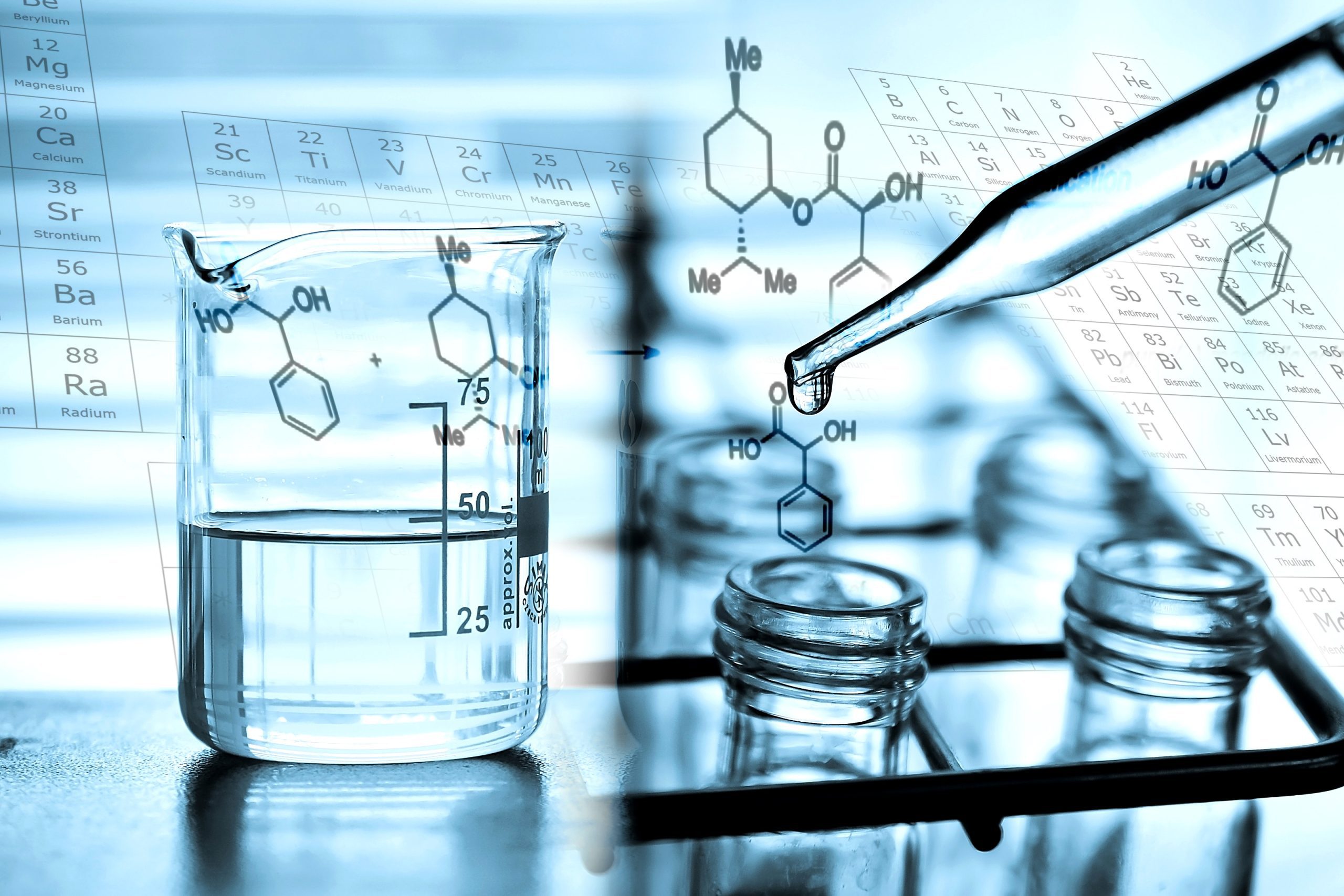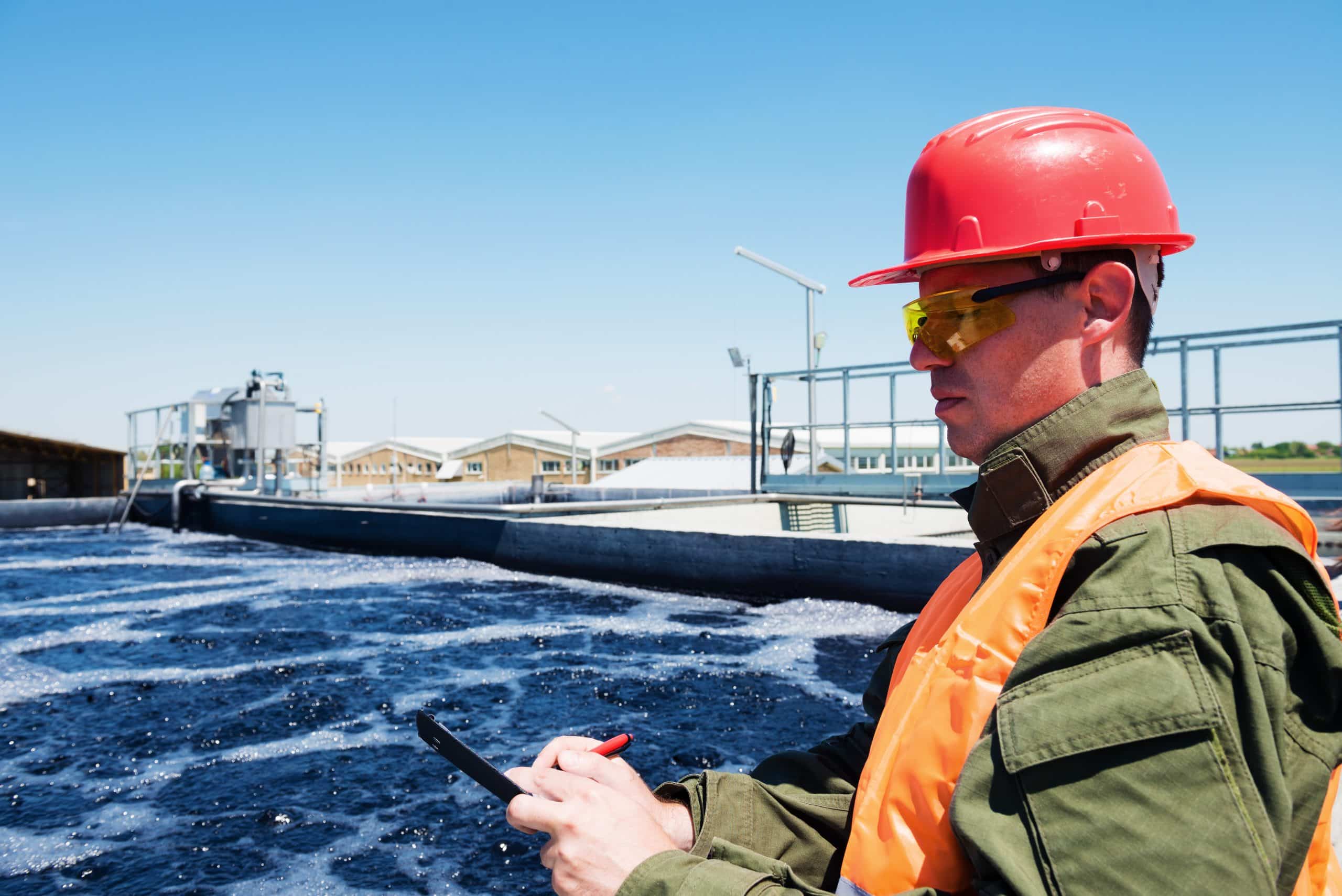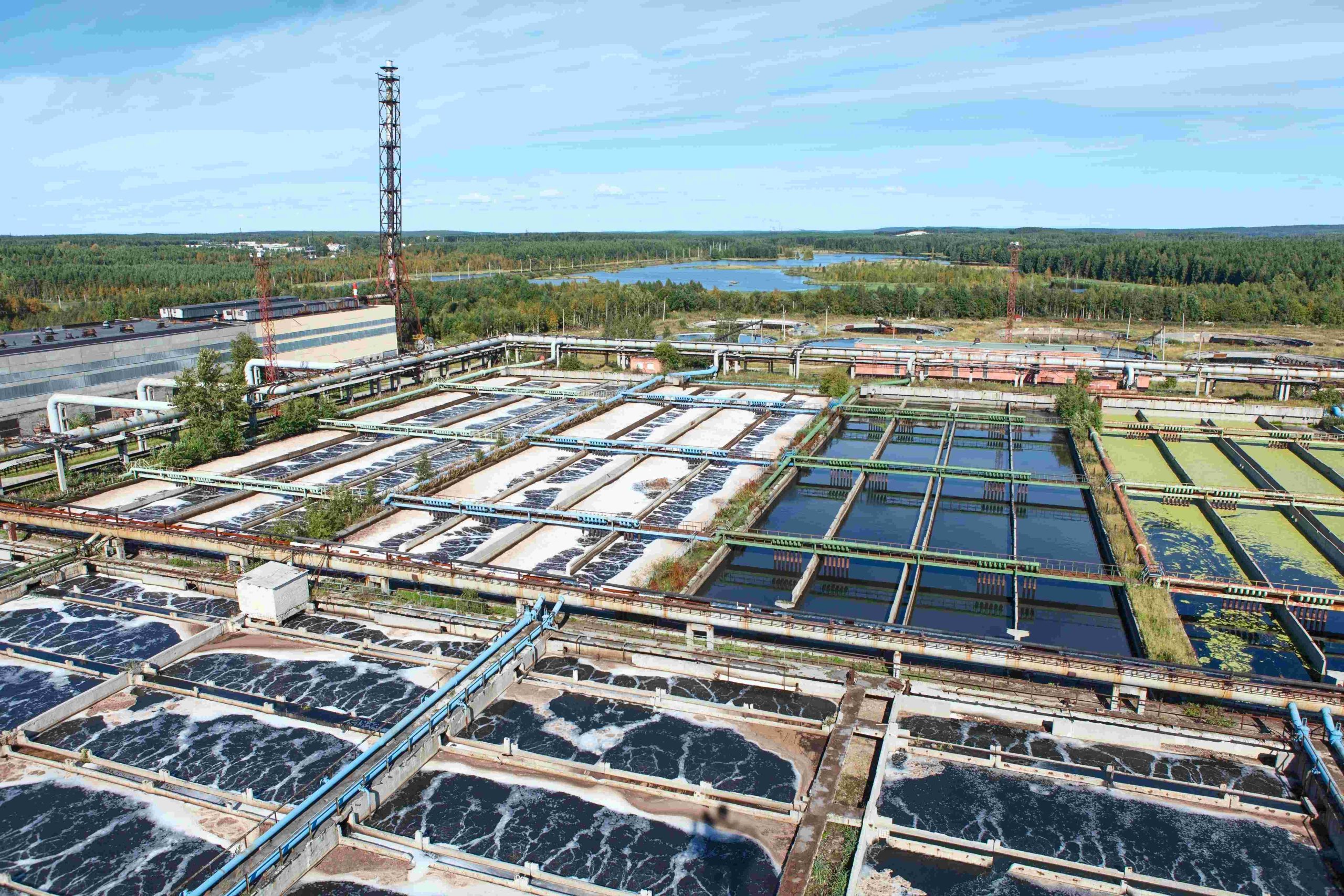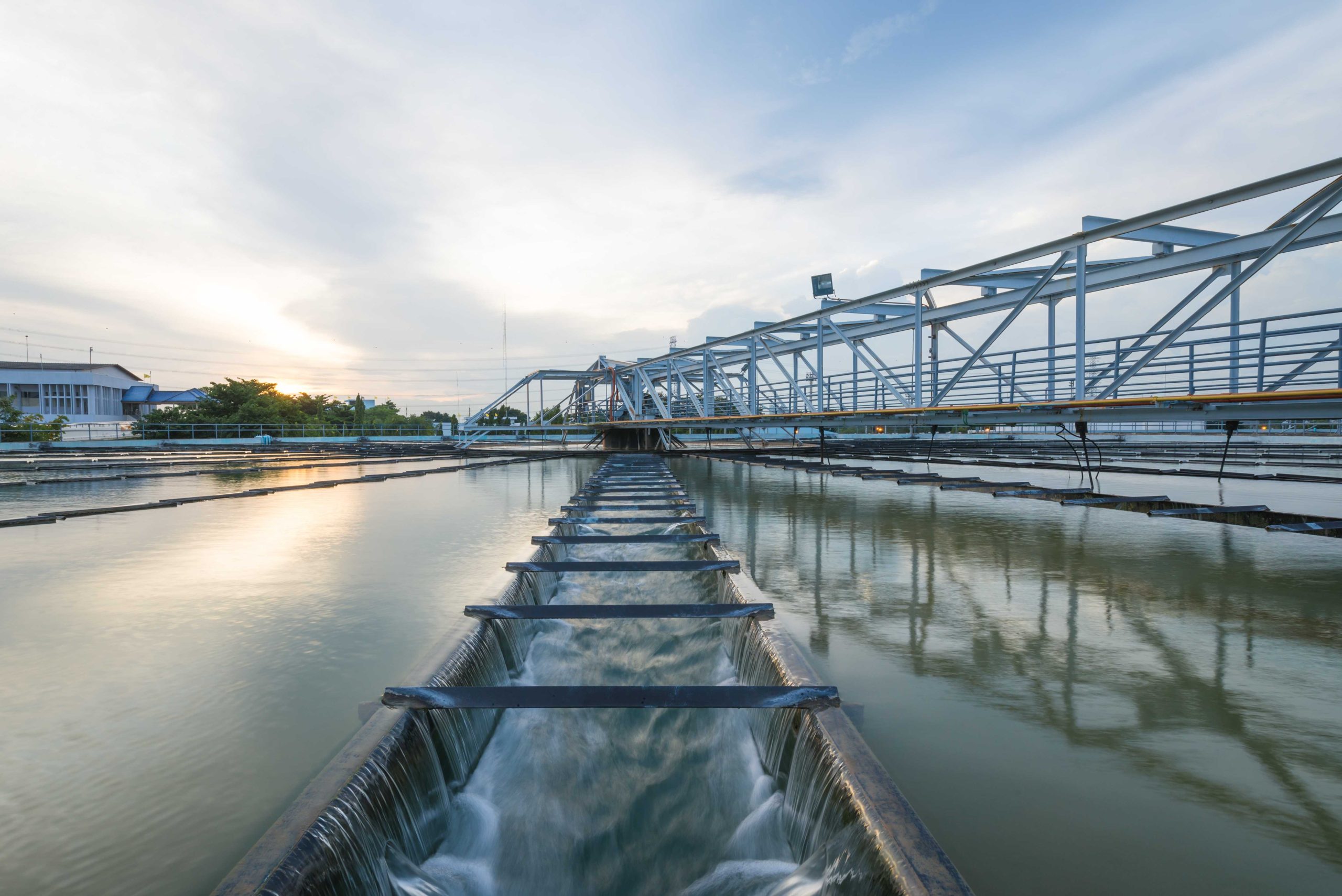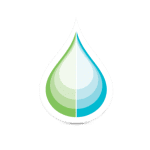Utilisation des réactifs
Paragraphe de 50 mots
Comment utiliser les réactifs de manière efficace ?
Paragraphe de 100 mots
BACTERIA
Discover our device for monitoring microbiological activity in water by measuring specific enzyme activity. These include β-galactosidase (coliforms), β-glucoronidase (E. coli), ß-glucosidase (enterococci), and alkaline phosphatase (total activity, biomass), to reveal bacterial contamination. Fluorescent reagents specific to the target enzymes are added to detect any activity. Acting like an “early warning system”, the BACTcontrol complements standard methods by providing results in 1 to 2 hours, surpassing conventional microbiological methods that require prolonged culture-growing to achieve reliable results (24-48h).
For on-line monitoring of specific bacteria (E-coli, coliforms, enterococci) and total bacterial activity in water
The BACTcontrol can be used in a wide variety of applications in many sectors: In Wastewater Treatment Plants, by providing on-going monitoring of disinfection processes and final testing, to help ensure the microbiological quality of the treated water. For drinking water plants: In pumping stations to monitor processes in real time and perform final testing to ensure the distribution of micro-biologically safe drinking water. In Recycling applications: Before reuse, the BACTcontrol accurately monitors bacterial activity, ensuring the microbiological quality of recycled water for various applications, in accordance with environmental standards.
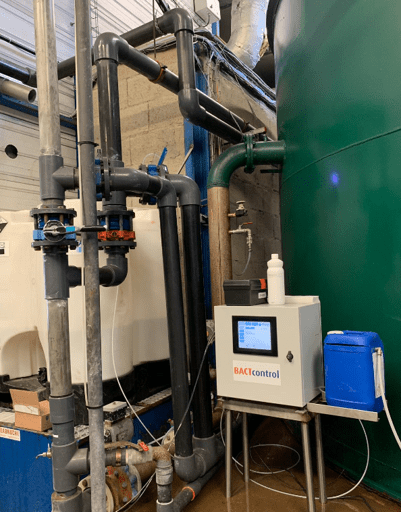
On-line analyzer for bacteriological monitoring
Discover our analyzer dedicated to monitoring bacterial activity in water.
What is the measuring principle of the BACTcontrol?
The BACTcontrol is based on fluorescence measurement of specific enzyme activity. The BACTcontrol uses specific reagents and a fluorescent indicator to measure enzyme activity. These reagents are tailored to each target enzyme, ensuring accurate and rapid detection. It detects any E-coli, coliforms, and enterococci by measuring β-galactosidase, β-glucuronidase, and ß-glucosidase activity. Its innovative principle ensures reliable results in 1 to 2 hours, surpassing traditional microbiological methods.
Can BACTcontrol measure several types of bacteria?
The BACTcontrol analyzer measures enzymatic activity of various bacteria such as E-coli, coliforms, enterococci, as well as total bacterial activity. The ability to monitor two types of bacteria increases the safety of water quality testing.
How many measuring channels are available in the BACTcontrol?
AQUALABO has the BACTcontrol standard bacteria analyzer, measuring a single channel for various applications such as monitoring surface water, bathing water, drinking water, and wastewater discharges for reuse. It can be configured for two channels, for example to monitor the effectiveness of a disinfection process before and after its application. The second channel can also be used as an additional cleaning channel for highly fouling effluents. This feature ensures thorough cleaning of the internal circuit and measuring chamber for optimal disinfection.
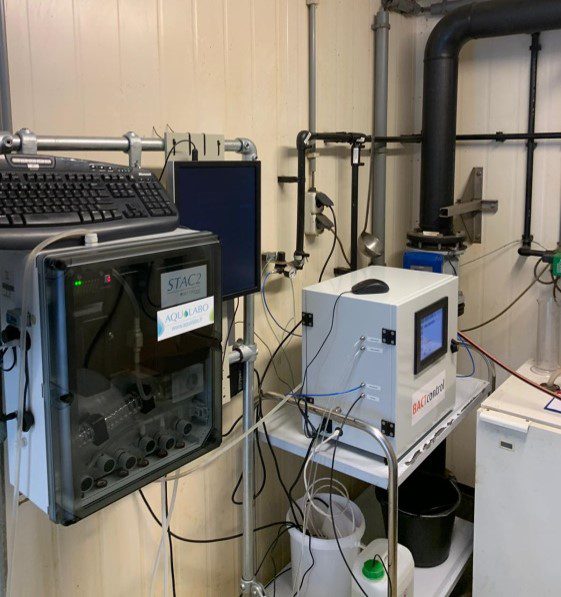
BACTcontrol FAQ
Can cleaning cycles be performed automatically on the BACTcontrol?
The BACTcontrol analyzer offers an automatic cleaning feature that can be configured via a menu. This cleaning cycle incorporates a specific concentrated cleaning solution and heating to increase the efficiency of the cleaning process. This procedure thoroughly cleans the analyzer's internal circuit, the bacteria capturing filter, and the measuring chamber. Incorporating this feature demonstrates our commitment to maintenance and operational efficiency which contributes to the on-going reliability of the device.
How do you store the reagents used in the BACTcontrol?
Clear instructions on how and how long to store reagents used in the BACTcontrol bacteria analyzer are given in the user manual. Since storage conditions may differ from usage conditions, it is strongly recommended that you refer to the user manual to avoid any alteration of the reagents. In general, once opened, reagents should be used within three months, while the recommended shelf life for unopened reagents is one year. Diligence in managing reagents will ensure optimal efficiency of the BACTcontrol analyzer while guaranteeing reliable results.
What quantity of reagents is consumed by the BACTcontrol?
The amount of reagent used depends on the type of bacteria to be detected, the frequency of measurements and the specific application, whether for drinking water, surface water, wastewater or reuse. To check if there is any E-coli bacteria in drinking water for example, the BACTcontrol analyzer will require 250 µL of reagent per measurement cycle. On the other hand, for a warning station monitoring surface water, the reagent consumption per measurement cycle will be 60 µL.
How does a measurement cycle work?
The BACTcontrol determines the concentration of E. coli, coliforms and total activity from specific enzymes in these bacteria. Each enzyme has its optimal level, requiring separate measurements. The sample enters the reaction chamber, concentrated in a ceramic filter, and is heated according to the enzyme to be analyzed. The user adjusts the volume to be filtered and pumped. Reagents are added to the tank, and incubation starts. The photodiode measures fluorescence due to enzyme activity, converted into bacterial population per 100 ml of sample. Enzymes, essential to metabolic processes, are selective and catalytic. The enzymatic activity, measured in picomole per minute, indicates the presence of bacteria. Alkaline phosphatase and beta-galactosidase, activated by specific reagents, are used to detect coliforms and E. coli. This technique, sensitive to low phosphate concentrations, is a warning system for drinking water quality. The fluorescence emitted during enzymatic hydrolysis helps measure enzyme activity.

